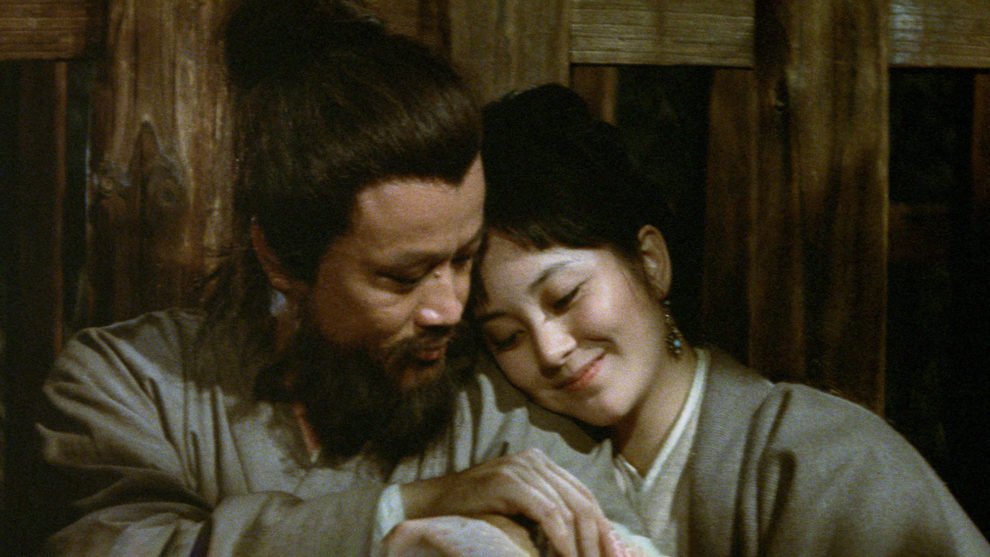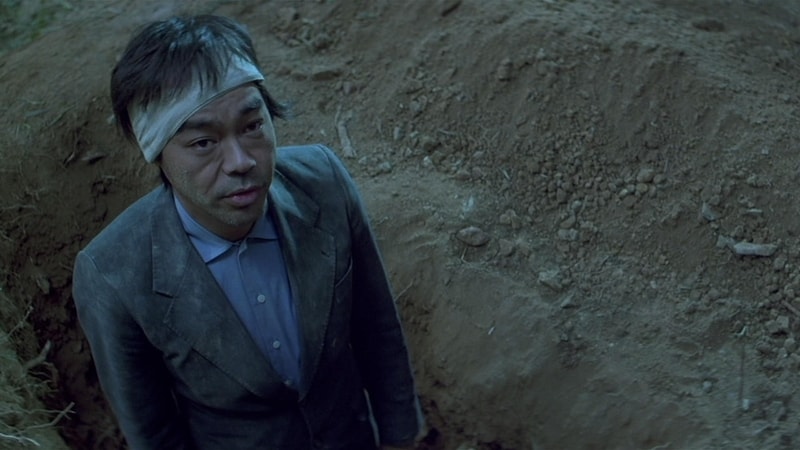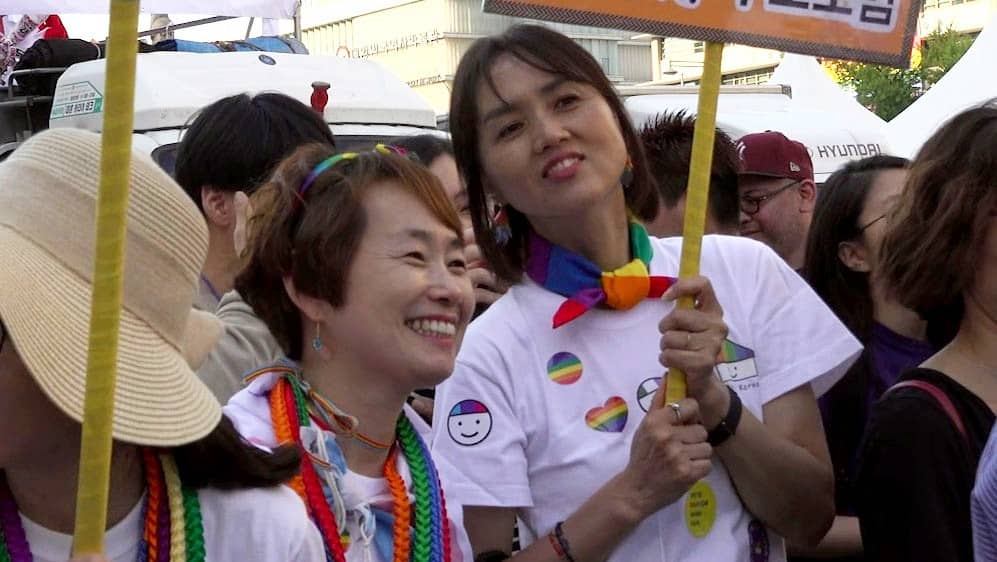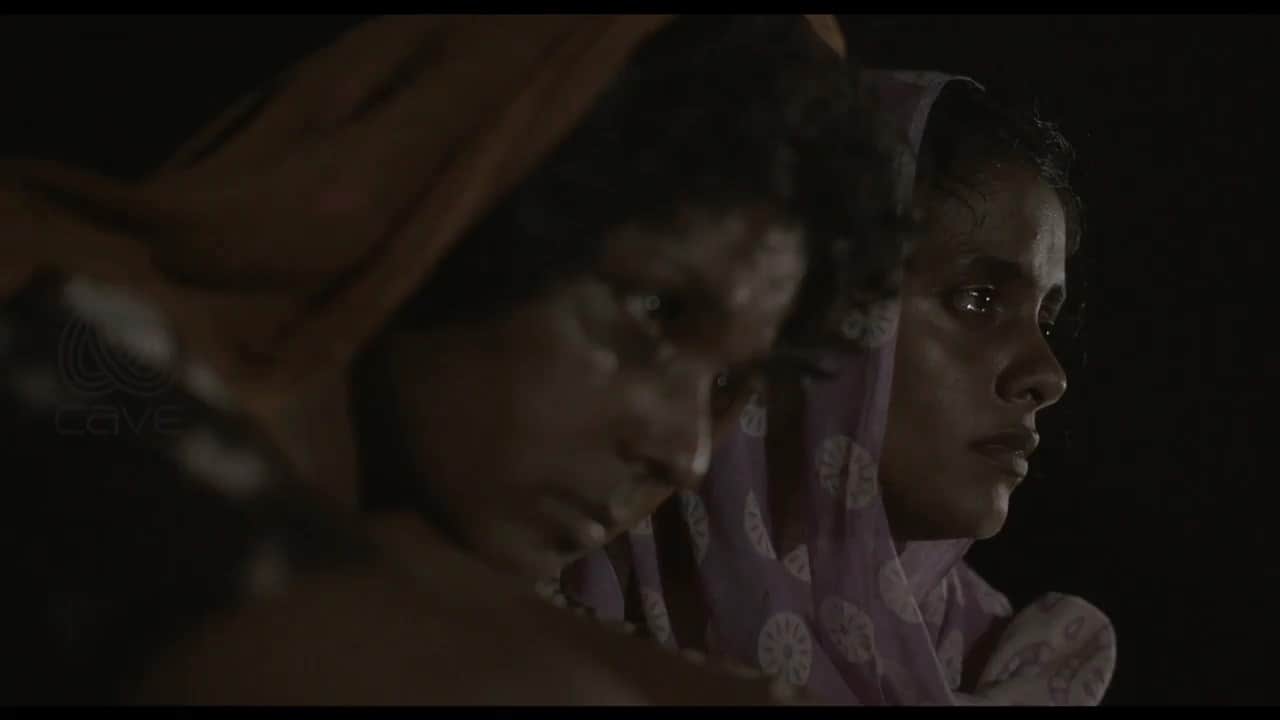Ah, patriarchy! The system which has been prevalent in several Asian societies for many a years (and still does in many parts) plays a key part of the narrative in “Execution in Autumn”, a hugely-popular 1972 feature by the late director Lee Hsing, who passed away earlier this year, ironically just before autumn set in.
“Execution in Autumn” is Screening at San Diego Asian Film Festival

It has been decreed that all capital punishment will be carried out in autumn, which means Pei Gang, an affluent family's only male child who is accused of killing three people in cold blood, has to excruciatingly wait nearly a year for his impending death. His grandmother Nai Nai, who raised him alone and spoiled him rotten in the process, tries every avenue to have the only male child of the family and thus the only one to carry forward the family name pardoned and released from prison, pleading with, bribing and threatening any official that she can. Even when all seems to fail, she is still determined to protect the Pei lineage, while her grandson waits impatiently for her to come to his aid and save him once again, as she has done all his life.
Through the story of this convicted killer, Lee once again points his lens on family and its importance within society and simultaneously at how society dictates how a family is organised. The importance of a male heir in a patriarchal society is fully stressed, in the ways the grandmother spoils her grandson and her attempts to have him freed, at both grave financial and physical cost. When all seems to not go their way, her first thought is still to further the Pei name. Buddhism and Confucianism also play a part, particularly in Pei Gang's character as he slowly comes to terms with his fate, thanks to his grandmother's efforts and the words of a fellow learned prisoner. In that sense, “Execution in Autumn” plays almost like a wuxia film without any action scenes, where the focus is on the drama and on the implications of the characters' actions.
The feature's biggest issue also lies in the central character of Pei Gang, an overgrown manchild so spoilt, played to perfection as such by Ou Wei, that one can't muster an ounce of sympathy for him. This ultimately makes one wish that the grandmother would just stop trying so hard for him. The character of Lian Er, the grandmother's adopted granddaughter played with delicacy by the beautiful Tang Pao-yun, comes into prominence in the latter half and ends up being the most likeable character of the bunch, even if her filial loyalty for Nai Nai feels almost exaggerated. The fact that Lee Hsing manages to garner some semblance of sympathy for Pei Gang by the feature's end also has more to do with Lian's character than that of Pei Gang himself.
The production is also a fine showcase of what Taiwanese cinema was capable of achieving with set design in the early 70s. Shot primarily in large closed sets, like the sprawling prison set and the Pei family house, the feature is a feast to the eyes in terms of the realisation of the set designs. Lai Cheng-ying's cinematography captures these well too, particularly the scenes in the prison cells, using zoomed in shots to enhance the claustrophobic environment of Pei Gang's cell and using wide angles when he's left alone in it later on, to emphasise on his solitude. Music can be overbearing at times, particularly in the more dramatic moments, but feels more a product of its time and genre than anything else. Particular mention must also go to the costume design, most noticeably in its designs for Lian Er's outfits.
Lee Hsing's feature went on to win five awards, including Best Feature Film and Best Director for Lee himself, at the 1972 Golden Horse Awards that year and today, it is evident to see why. Though a period piece, “Execution in Autumn” is a timely film, not just for 1972 but even today and one that manages to impress nearly fifty years later, particularly in this new restoration.
















